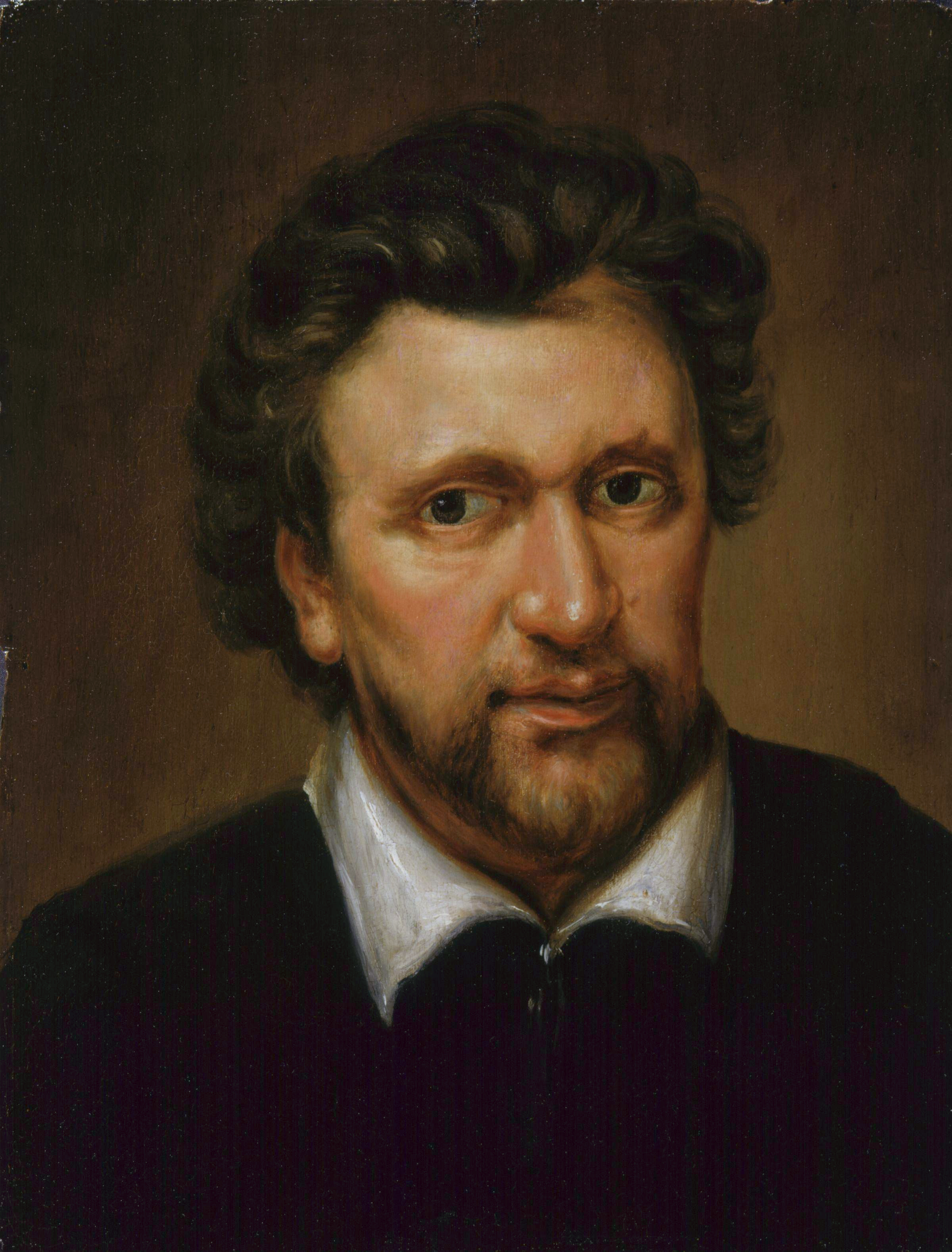“To the Reader” by Ben Jonson
Mr. Emerson

Ben Jonson:
Jonson was an influential seventeenth-century poet and playwright, and is regarded to be the second most influential playwright of his time, after Shakespeare. He was arrested and jailed for his first play The Isle of Dogs because it was considered to be disruptive and offensive to the authorities. But Jonson left his mark on the literary world in other ways as well he attracted a number of renowned playwrights and poets of the time who were open how they were influenced by Jonson; this group either calling themselves the “Sons of Ben,” or the “Tribe of Ben” included playwrights William Cavendish, and Thomas Killgrew, among others, and the poets Robert Herrick, Richard Lovelace, and Sir John Suckling. In 1616, Jonson published his poems in plays in a folio and is best known for his plays, but his epigrams and “On my First Sonne,” and “To Penshurst” were also widely read and influential.
Pray thee, take care, that tak’st my book in hand,
To read it well: that is, to understand.
Jonson’s epigram “To the Reader” is a deceptively complex poem. Only consisting of two lines, the poem attempts to prime the reader for the poetry that follows. The fact that Jonson spends time preparing his reader for his work could mean that he is either anxious about it, or that he thinks that it is too sophisticated for them. However, it is clear that he is interested in how readers receive, or understand, his work and the practice of reading more generally in his context.
The poem begins with a plea to the reader making it seem as though the voice of the poem is humbling himself before the reader. The next words introduce a subtle ambiguity. “take care” could continue the plea, but it could also turn the plea into a more aggressive warning to the reader. Even in the latter reading, the reader does have some sort of power since they are the ones that take his book in hand and presumably read it. This introduces a literary awareness of how powerful readership is in early modern English culture. Misunderstandings are capable of generating grievous consequences. Additionally, if Jonson is indeed anxious, the book itself could be the source of his misgivings. Taking the book in hand carries with it connotations that the reader bought the book and now the words are in a sense theirs to do with what they please. Jonson’s work is now out in the world and can be distorted by the whims of the public. While this is not an exhaustive analysis of this poem it does exemplify one important feature of early modern poetry: even a mere eighteen word poem can communicate complex cultural attitudes and relationships (here between authors and readers) and the language itself can shift right before our eyes. Perhaps, when Jonson instructs his readers to read well he is attempting to teach them with this simple poem, that language is more slippery than it initially appears.